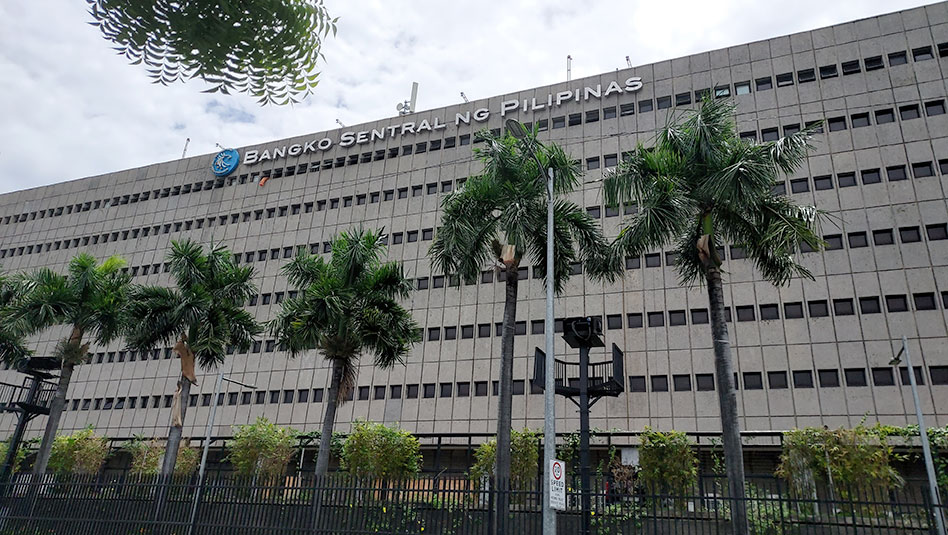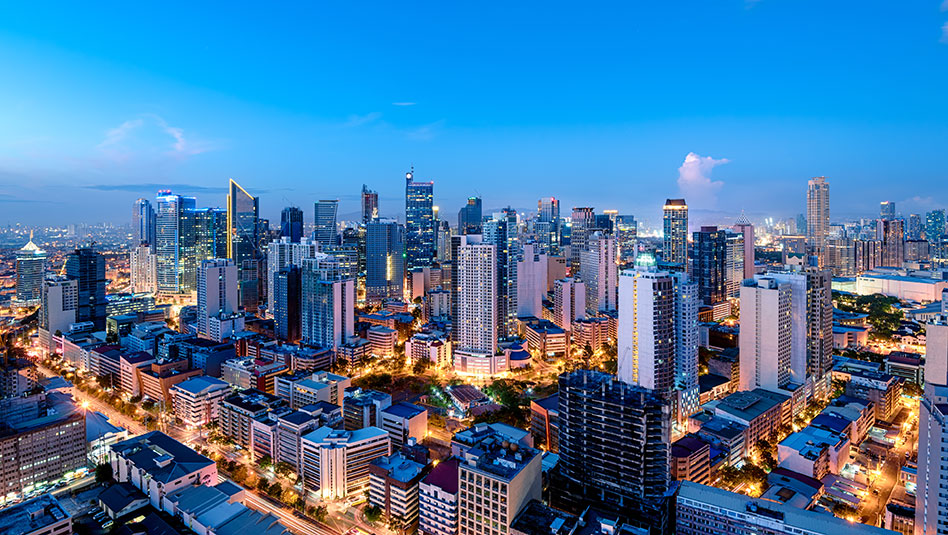




Philippines Trade Update: Trade deficit narrows but not a sign of strength
 DOWNLOAD
DOWNLOAD

Policy Rate Updates: BSP takes on less dovish tone
 DOWNLOAD
DOWNLOAD

Quarterly Economic Growth Release: Stronger case for a BSP cut in August
 DOWNLOAD
DOWNLOAD


TOP SEARCHES
Stocks, oil skid as China’s COVID protests roil sentiment

SYDNEY, Nov 28 (Reuters) – Stocks and oil slid sharply on Monday as rare protests in major Chinese cities against the country’s strict zero-COVID curbs raised worries about management of the virus in the world’s second-largest economy.
MSCI’s broadest index of Asia-Pacific shares outside Japan slumped 2.2%, pulled lower by heavy selling in Chinese markets.
Hong Kong’s Hang Seng Index shed 4.16%, China’s CSI300 Index declined 2.22% and the yuan fell in morning trade.
“The market does not like uncertainties that are difficult to price and the China protests clearly fall into this category. It means investors will become more risk-averse,” Gary Ng, Natixis economist in Hong Kong told Reuters.
“The China-linked markets across Asia, such as Australia, Hong Kong, Taiwan and Korea, are more likely to see a larger impact.”
Australia’s benchmark stock index lost 0.56% while its currency was off more than 1%. Japan’s Nikkei stock index was down 0.76%.
South Korea’s KOSPI 200 index retreated 1.35% in early trade and New Zealand’s S&P/NZX50 Index was off 0.42%.
S&P 500 and Nasdaq futures both fell, pointing to possible declines in Wall Street later in the day.
The bigger worries about China’s COVID policies dwarfed any support to investor sentiment from the central bank’s 25 basis point cut to the reserve requirement ratio (RRR) announced on Friday, which frees up about USD 70 billion in liquidity to prop up a faltering economy.
In Shanghai, demonstrators and police clashed on Sunday night as protests over the country’s stringent COVID restrictions flared for a third day.
There were also protests in Wuhan, Chengdu and parts of the capital Beijing as COVID restrictions were put in place in an attempt to quell fresh outbreaks.
“There is a tail risk that the road to living with COVID is too slow, surging COVID cases fuels more protests and social unrest further weakens the economy are market concerns,” said Robert Subbaraman, Nomura’s Asia ex-Japan, chief economist.
“Things are very fluid. Protests could also be the catalyst that leads to a positive outcome in leading the government to set a clearer game plan on how the country is going to learn to live with COVID, setting a more transparent timetable, and accelerating China’s move to living with COVID.”
The dollar extended gains against the yuan, rising 0.87%.
The COVID rules and resulting protests are creating fears the economic hit for China will be greater than expected.
“Even if China is on a path to eventually move away from its zero-COVID approach, the low level of vaccination among the elderly means the exit is likely to be slow and possibly disorderly,” CBA analysts said on Monday. “The economic impacts are unlikely to be small.”
China’s case numbers have hit record highs, with nearly 40,000 new infections on Saturday.
Fears about Chinese economic growth also hit commodities in Asia trade.
US crude dipped 2.81% to USD 74.14 a barrel and Brent crude fell 2.57% to USD 81.48 per barrel, as the COVID protests in top importer China fuelled demand worries.
Yields on benchmark 10-year Treasury notes rose to 3.6628% from its US close of 3.702% on Friday. The two-year yield, which tracks traders’ expectations of Fed fund rates, touched 4.4463% compared with a US close of 4.479%.
The dollar dropped 0.3% against the yen to 138.64 after initially trading higher earlier in the day. It remains well off its high this year of 151.94 on Oct. 21.
The euro fell 0.5%, having gained 4.94% in a month, while the dollar index, which tracks the greenback against a basket of currencies of other major trading partners, was up at 106.49.
Gold was slightly lower. Spot gold was traded at USD 1750.49 per ounce.
(Reporting by Scott Murdoch in Sydney; Editing by Sam Holmes)
This article originally appeared on reuters.com





 By Reuters
By Reuters